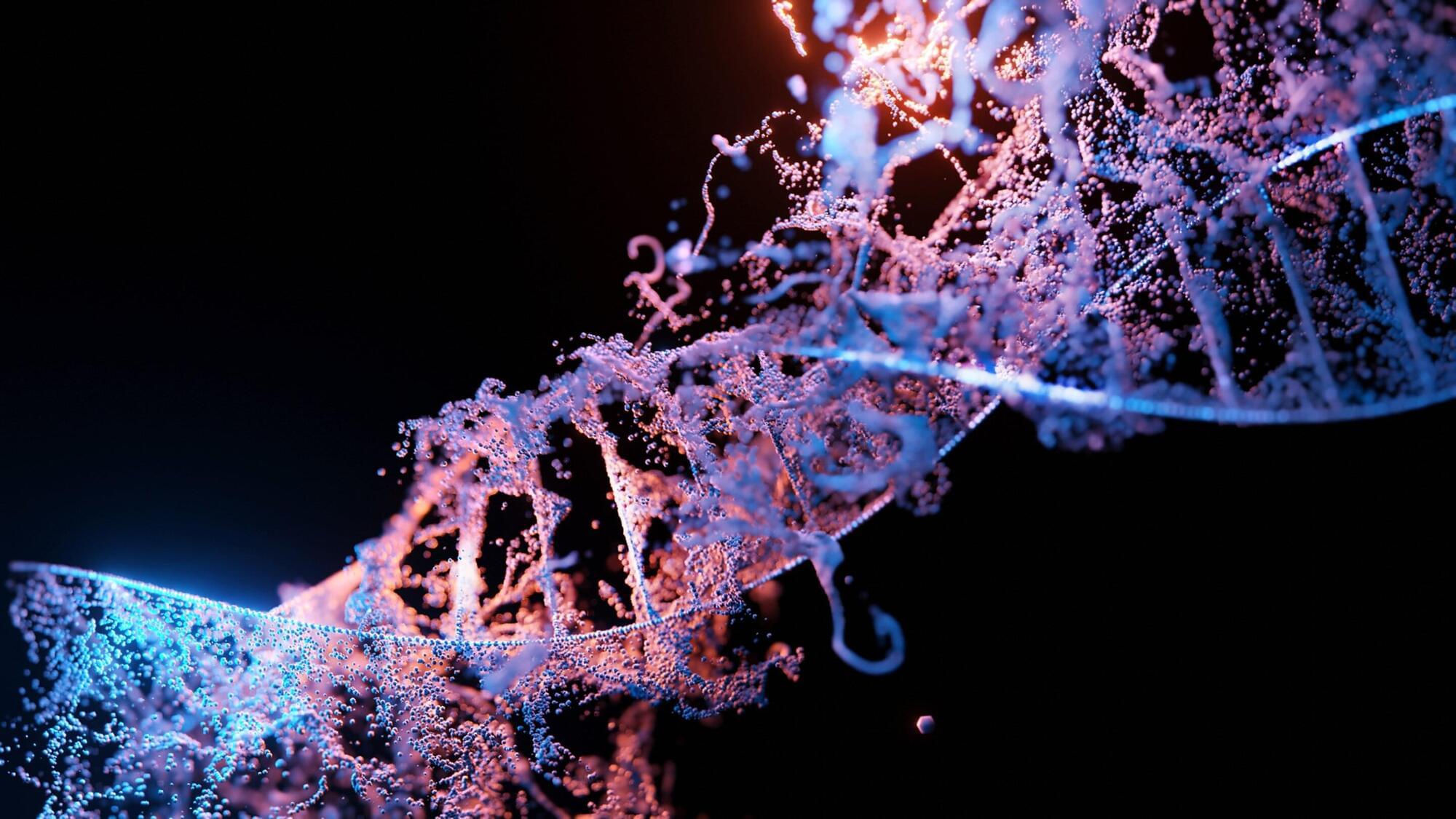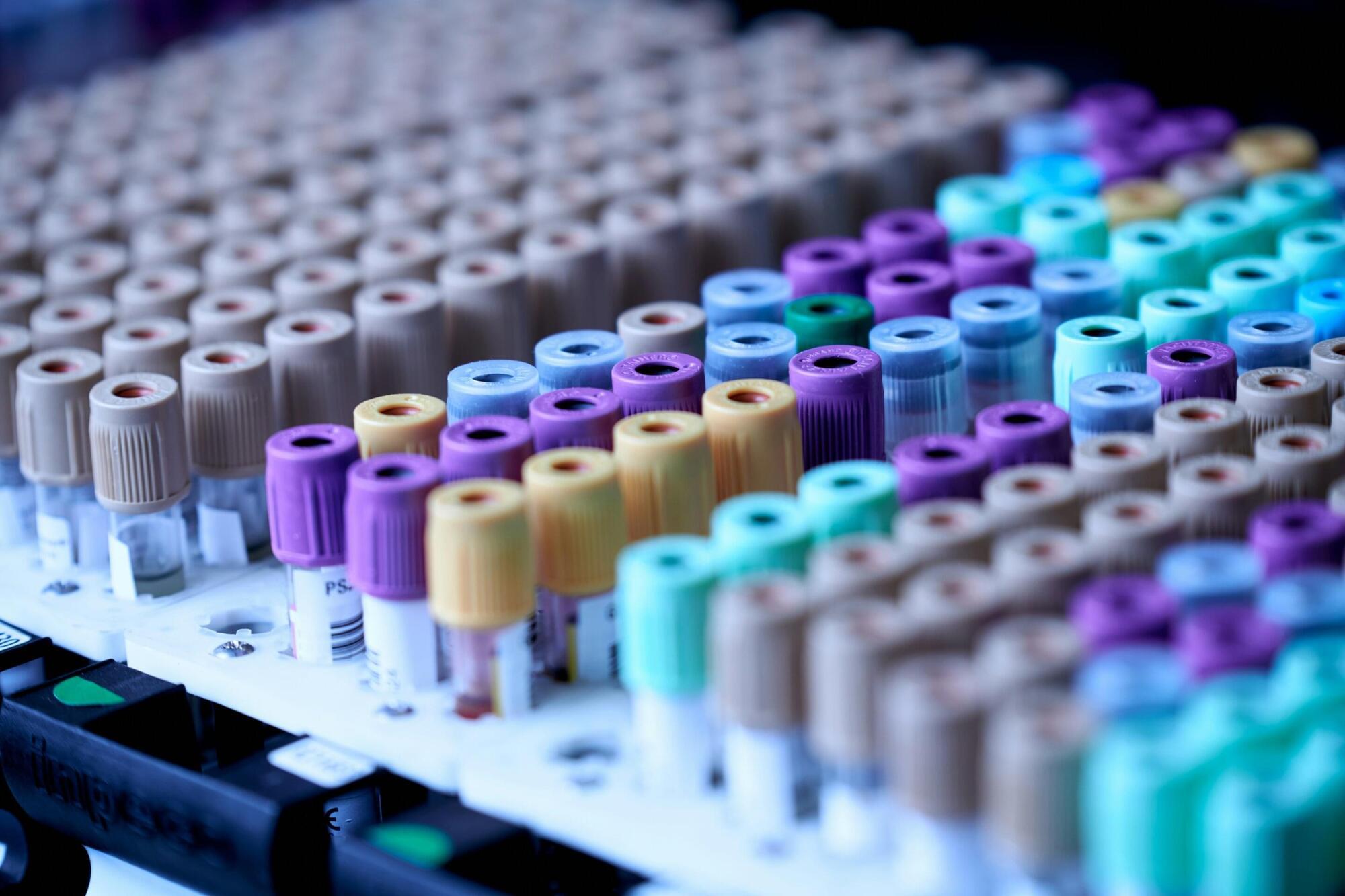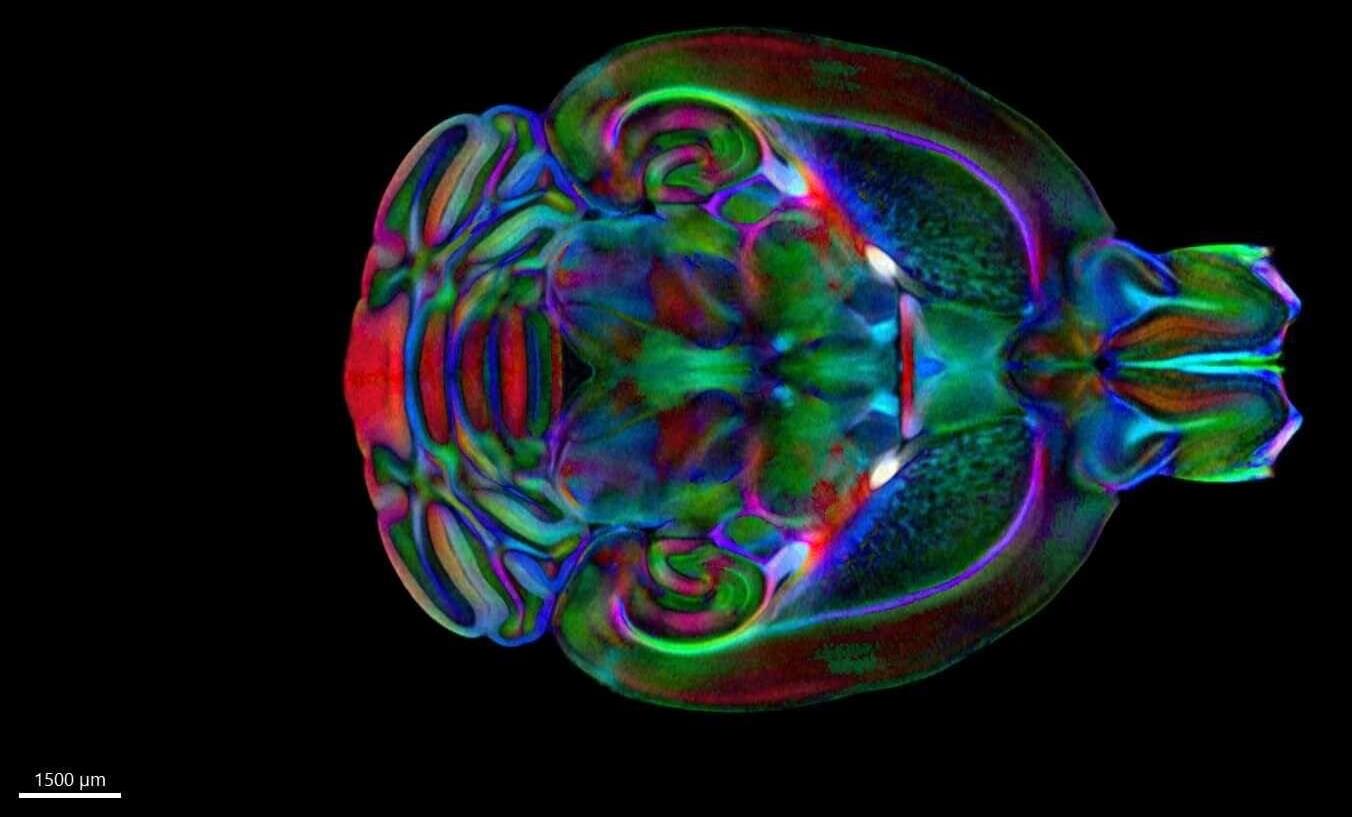A single serving of an erythritol-sweetened drink could harm brain and blood vessel health, a new cellular study suggests.



The BCG vaccine protects against tuberculosis, but by inducing trained immunity it also protects against many more respiratory infections. International research led by Radboud University Medical Center shows how this process works. Lactate, a product of scaled-up energy production, appears to play a leading role.
The immune system protects people in two ways. Innate immunity protects us from birth against many bacteria and viruses, while adaptive immunity builds protection against individual pathogens after a prior infection. The adaptive immune system is aided by vaccines that protect us against new pathogens without having to go through an infection. In this way, vaccines contribute greatly to our health.

Researchers at the University of Minnesota have completed a first-in-human clinical trial testing a CRISPR/Cas9 gene-editing technique to help the immune system fight advanced gastrointestinal (GI) cancers. The results, recently published in The Lancet Oncology, show encouraging signs of the safety and potential effectiveness of the treatment.
“Despite many advances in understanding the genomic drivers and other factors causing cancer, with few exceptions, stage IV colorectal cancer remains a largely incurable disease,” said Emil Lou, MD, Ph.D., a gastrointestinal oncologist with the University of Minnesota Medical School, Masonic Cancer Center and M Health Fairview, and clinical principal investigator for the trial. “This trial brings a new approach from our research labs into the clinic and shows potential for improving outcomes in patients with late-stage disease.”
In the study, researchers used CRISPR/Cas9 gene-editing to modify a type of immune cell called tumor-infiltrating lymphocytes (TILs). By deactivating a gene called CISH, the researchers found that modified TILs were better able to recognize and attack cancer cells.

A research team has developed a “next-generation AI electronic nose” capable of distinguishing scents like the human olfactory system does and analyzing them using artificial intelligence. This technology converts scent molecules into electrical signals and trains AI models on their unique patterns. It holds great promise for applications in personalized health care, the cosmetics industry, and environmental monitoring.
The study is published in the journal ACS Nano. The team was led by Professor Hyuk-jun Kwon of the Department of Electrical Engineering and Computer Science at DGIST, with integrated master’s and Ph.D. student Hyungtae Lim as first author.
While conventional electronic noses (e-noses) have already been deployed in areas such as food safety and gas detection in industrial settings, they struggle to distinguish subtle differences between similar smells or analyze complex scent compositions. For instance, distinguishing among floral perfumes with similar notes or detecting the faint odor of fruit approaching spoilage remains challenging for current systems. This gap has driven demand for next-generation e-nose technologies with greater precision, sensitivity, and adaptability.

Antimicrobial resistance (AMR) presents a serious challenge in today’s world. The use of antimicrobials (AMU) significantly contributes to the emergence and spread of resistant bacteria. Companion animals gain recognition as potential reservoirs and vectors for transmitting resistant microorganisms to both humans and other animals. The full extent of this transmission remains unclear, which is particularly concerning given the substantial and growing number of households with companion animals. This situation highlights critical knowledge gaps in our understanding of risk factors and transmission pathways for AMR transfer between companion animals and humans. Moreover, there’s a significant lack of information regarding AMU in everyday veterinary practices for companion animals. The exploration and development of alternative therapeutic approaches to antimicrobial treatments of companion animals also represents a research priority. To address these pressing issues, this Reprint aims to compile and disseminate crucial additional knowledge. It serves as a platform for relevant research studies and reviews, shedding light on the complex interplay between AMU, AMR, and the role of companion animals in this global health challenge. This Reprint is especially addressed to companion animal veterinary practitioners as well as all researchers working on the field of AMR in both animals and humans, from a One Health perspective.

Human beings exhibit marked differences in habits, lifestyles and behavioral tendencies. One of these differences, known as chronotype, is the inclination to sleep and wake up early or alternatively to sleep and wake up late.
Changes in society, such as the introduction of portable devices and video streaming services, may have also influenced people’s behavioral patterns, offering them further distractions that could occupy their evenings or late nights. Yet past studies have found that sleeping and waking up late is often linked to a higher risk of being diagnosed with mental health disorders, such as depression and anxiety disorders, as well as poorer physical health.
Understanding the neurobiological underpinnings of humans’ chronotypes, as well as the possible implications of being a so-called “morning person” or “night owl,” could thus be beneficial. Specifically, it could inform the development of lifestyle interventions or medical treatments designed to promote healthy sleeping patterns.

Researchers at Amsterdam UMC have developed a new diagnostic test that can quickly and accurately diagnose bacterial meningitis. The test measures the CRP protein in cerebrospinal fluid, a protein that is already often tested in blood to detect bacterial infections. Currently, it often takes a long time before meningitis is diagnosed, which delays the start of adequate treatment.
The study is published in The Lancet Regional Health—Europe.
Bacterial meningitis is a life-threatening condition in which one in six patients die and half of the survivors have residual symptoms. Thus, prompt diagnosis and treatment are crucial.


A new “atlas” developed by researchers at Duke University School of Medicine, University of Tennessee Health Science Center, and the University of Pittsburgh will increase precision in measuring changes in brain structure and make it easier to share results for scientists working to understand neurological diseases such as Alzheimer’s disease.
The tool, the Duke Mouse Brain Atlas, combines microscopic resolution, three-dimensional images from three different techniques to create a detailed map of the entire mouse brain, from large structures down to individual cells and circuits.
“This is the first truly three-dimensional, stereotaxic atlas of the mouse brain,” said G. Allan Johnson, Ph.D., Charles E. Putman University Distinguished Professor of Radiology at Duke. He is also professor in the Department of Physics and the Department of Biomedical Engineering.

npj Metabolic Health and Disease –Zenodo https://zenodo.org/uploads/14687361 (2025).